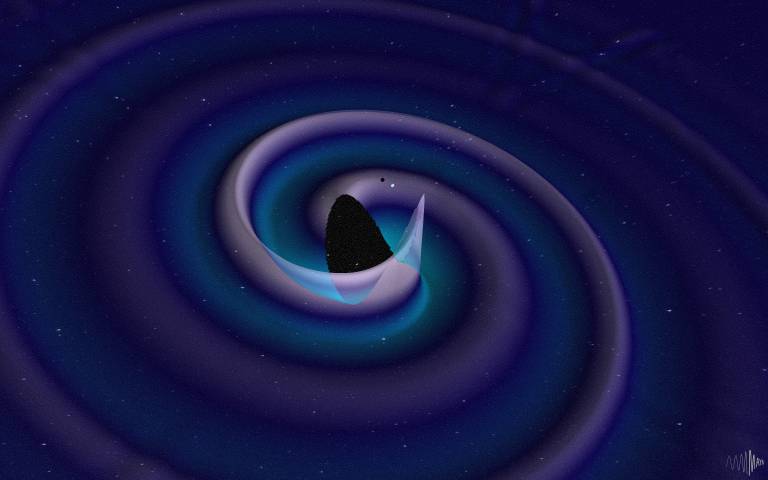Sir Robert Wilson Lecture 2023
15 September 2023
This year the SRW lecture will be given by the eminent Prof. Sheila Rowan (Chair of Natural Philosophy and is, since 2009, Director of the Institute for Gravitational Research at the University of Glasgow) on Wednesday 15th November.

Talk title: A perspective on discovery: gravitational waves
Abstract: The discovery of gravitational waves in 2015 and its announcement in 2016 marked simultaneously the end of a search that consumed the work of scientists for decades and the start of a new way to study the cosmos. The existence of these ‘ripples in space-time’ was a longstanding prediction of Einstein’s General Theory of Relativity dating back to 1916. Achieving their detection required new measurement techniques to be invented and pushed to the limits of their performance, needed international collaboration across continents and perhaps most of all, perseverance.
I will give a personal perspective on the work leading up to the discovery, some of the technologies involved and their applications, the science being enabled by the study of gravitational waves and what the future for the field might hold.
Bio: Professor Sheila Rowan holds the Chair of Natural Philosophy and is, since 2009, Director of the Institute for Gravitational Research in the University of Glasgow. She received her PhD in the field of gravitational wave instrumentation from the University of Glasgow, and subsequently held research positions split between Stanford University and Glasgow before returning full time to a Faculty position in Glasgow in 2003. Her research is focused on optical and mechanical systems for use in detectors such as the Advanced LIGO observatories, responsible for picking up the first gravitational wave signals from colliding black holes in 2015. She received the Hoyle Medal and Prize of the UK Institute of Physics in 2016 in recognition of her pioneering research on aspects of the technology of gravitational wave observatories, was elected to Fellowship of the Royal Society of London in 2018 and received a CBE for services to science in the Queen's New Year Honours list in 2021. In 2023 she was awarded the inaugural Lifetime Achievement Award of the Philip Leverhulme Trust.
From 2016 - 2021 she was seconded (part-time) to serve as Chief Scientific Advisor to the Scottish Government. She serves as President of the Institute of Physics from October 21 – October 23 and from 30th November 2023 will take up the role of Physical Secretary and Vice-President of the Royal Society of London.
Image from a MAYA collaboration numerical relativity simulation of a neutron star-black hole (NSBH) binary merger consistent with GW200105. This shows the gravitational wave emission from a neutron star-black home system similar to GW200105. The black hole is roughly 4.7 times the mass of the star and neither object is spinning. Due to the significant difference in mass, the star barely suffers any disruption until the end and is engulfed by the black hole almost entirely. Credit: Deborah Ferguson (UT Austin), Bhavesh Khamesra (Georgia Tech), and Karan Jani (Vanderbilt University)
 Close
Close

